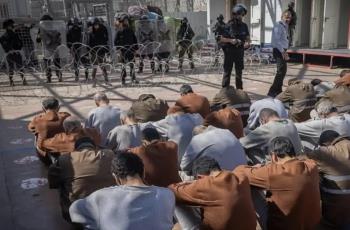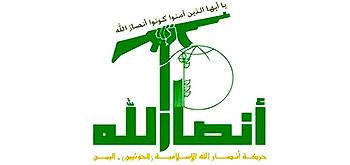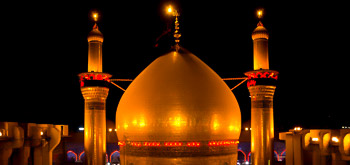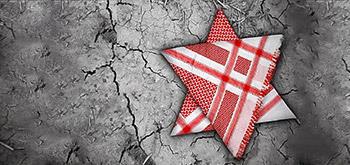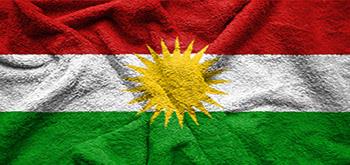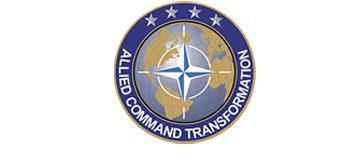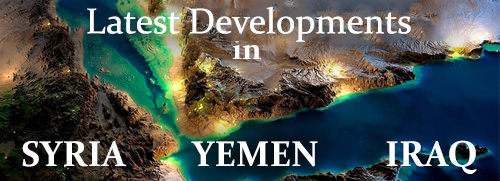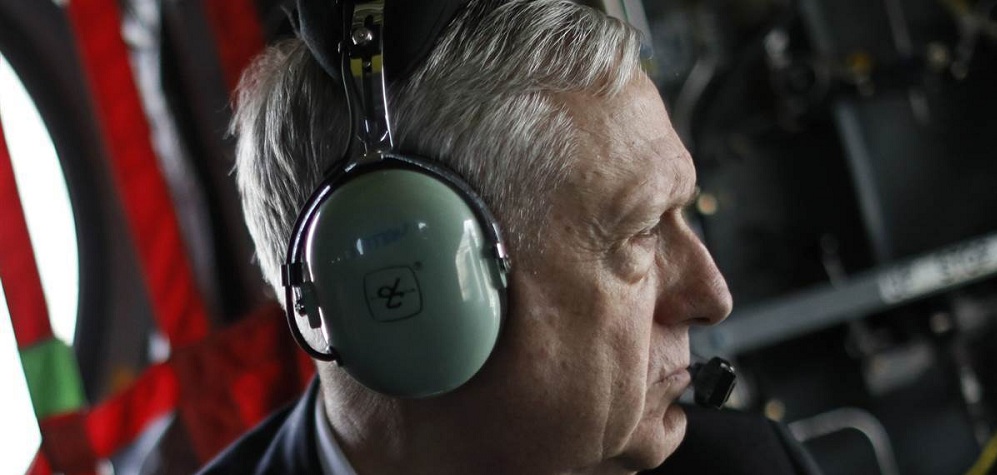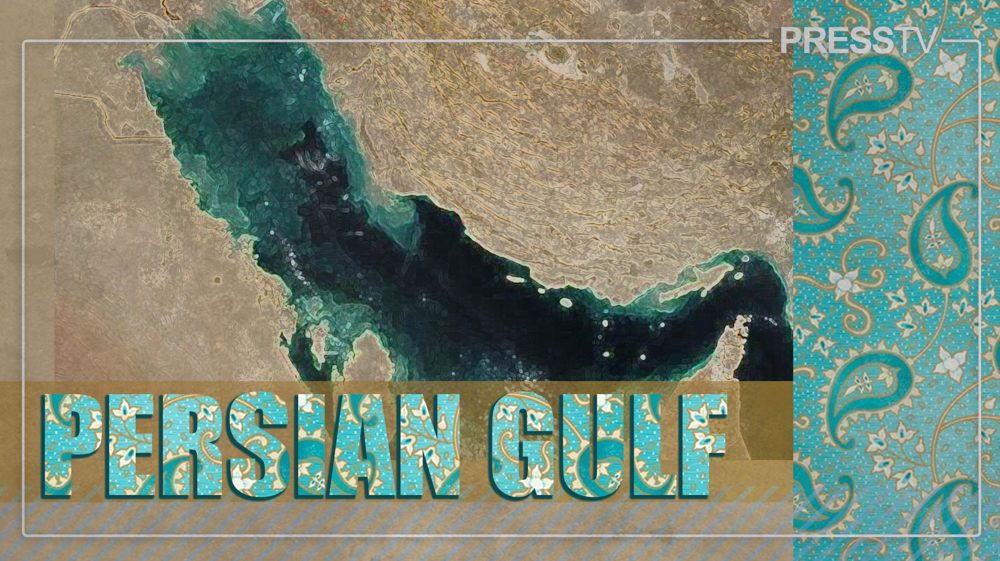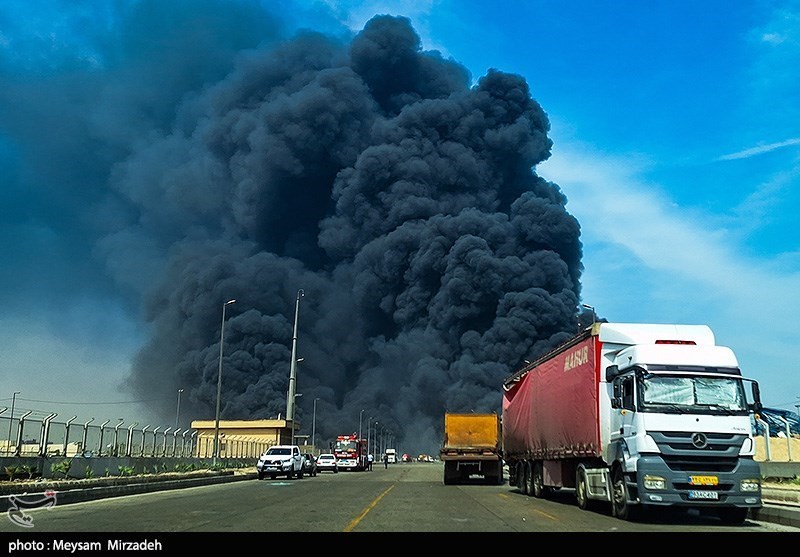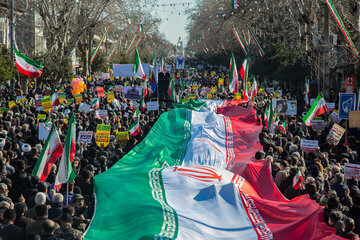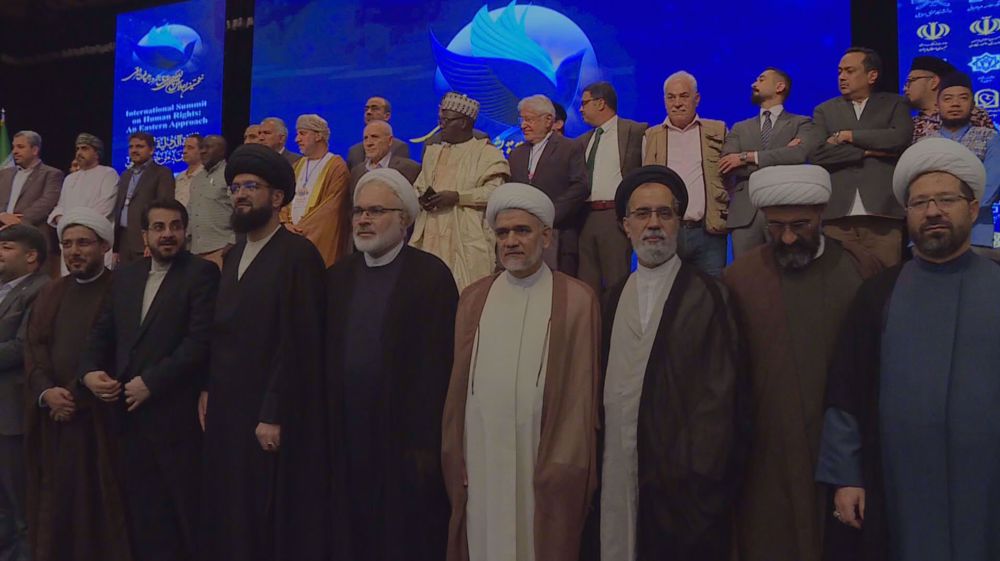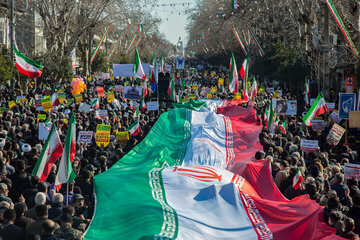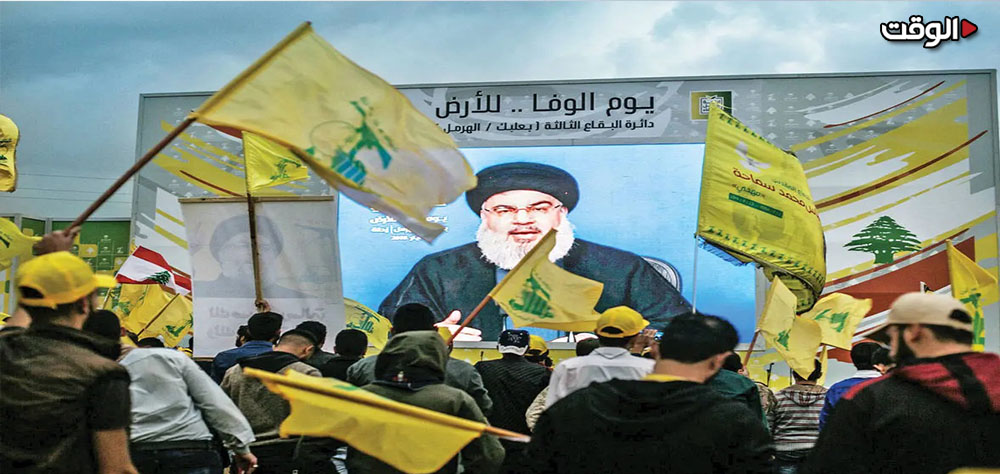Alwaght- The US Secretary of Defense James Mattis made an unannounced visit to Afghanistan on Monday, triggering speculations on Washington's new policies in the region, just days after the US national security advisor HR McMaster travelled to Kabul.
What has given a rise to the growing guesses about the new admiration's plans is Trump’s approach to Afghanistan which appears to be different from that of his predecessor President Barack Obama.
Less than a month ago, the US targeted Afghanistan’s east with the world’s largest non-nuclear bomb MOAB, Mother Of All Bombs. On the heels of the huge bombing, HR McMaster travelled to Afghanistan, and from there to Pakistan.
Recently, the top commander of the US forces in Afghanistan General John Nicholson has told the Congress that he thought that the war in Afghanistan is “at a stalemate”, suggesting that NATO needs to send several thousand more troops to make a difference on the Afghan battlegrounds.
The commander's call is, the analysts suggest, consistent with the militaristic mindset of the Republicans. When former President Barack Obama announced a plan to reduce his country’s forces in Afghanistan, the Republicans opposed the idea, arguing that troops' cuts will spoil achievements of over one decade of presence in Afghanistan. Now that the Republican Trump has assumed office, it means that they hold more power to make decisions and that the idea of further troop deployment to Afghanistan is not unthinkable.
But what is important to get support of the Congress and the public opinion for expansion of operation in the Afghan territories is the need to prove that the security conditions are deteriorating there. The case was possibly discussed by the Secretary of Defense with Afghan President Ashraf Ghani when the couple met on the sidelines of Munich Security Conference held in mid-February.
On April 13, the US dropped MOAB in Nangarhar province, claiming that it targeted the ISIS terrorist group’s site in Afghanistan mountainous area with the over 10-ton bomb. The American analysts criticized use of the $17 million bomb in Afghanistan, saying that ISIS risks in Afghanistan could not draw application of such an enormous weapon.
The measure was interpreted as a propagandistic step by the new White House leaders to display a firm determination to continue so-called counterterror policy through strengthening the Afghanistan campaign.
The attack, according to the analysts, carried a message also to the rival powers like Russia and China. Since two years ago, following a rise in activities of ISIS in Afghanistan, particularly in east and northeast of the country, Russia and China developed serious concerns about their borders security. The same fear pushed Beijing into a security and defense cooperation with Kabul. Further links of this kind with Afghanistan urged China to broaden ties also in the economic sector. The relations between the two developed so close that the reports suggested that Chinese border guards received Kabul's permission for patrolling on the Afghan soil in a bid to deter any ISIS infiltration to China's Xinjiang autonomous region.
Also Russia initiated measures in Afghanistan’s northeast to stop ISIS from gaining ground in the Russian areas of influence including such countries as Tajikistan, Uzbekistan, and Turkmenistan. Zamir Kabulov, the special envoy of the Russian President Vladimir Putin to Afghanistan and Pakistan, said that ISIS raised presence in Afghanistan since 2014, and that it now holds nearly 10,000 fighters in Afghanistan. He added that the terrorist group could even get bigger number of militants if finances keep flowing into its pockets.
The risks caused security concerns for Moscow leaders as they fear that ISIS builds grounds for itself in the Russian vicinity and then gets into the Russian territory. The worries in past two years mobilized the Russian military campaign not only in Syria, the bastion of ISIS, but also elsewhere like Afghanistan, where Russia began to watch the terrorists' moves closely. Moscow officials also publicized their channels opened with Taliban as the militant group shows resolve to fight ISIS in Afghanistan, making it clear that Kremlin is keen to support anti-ISIS forces, something not appealing to the White House.
Despite initial positive stances on Russia by Trump, the passage of time may prove that confrontation principle between Moscow and Washington remains standing and intact by any personal will of any American leader to question it. This makes it clear that in addition to indirect encounter with Russia in Syria and Ukraine developments, the US wants to guarantee its military and political sway in Afghanistan against any possible Russian influence.
Mattis Afghanistan visit comes three days after Taliban's deadly raid on the headquarters of the Afghan national army’s 209th Corps in Mazar-e-Sharif, the capital of Balkh province. Following the attack, the country’s Defense Minister Abdullah Habibi and the Army Chief of Staff Qadam Shah Shahin resigned. The trip of the American official has come to raise the idea of US forces increase in Afghanistan while the Afghan leaders' worries are now hitting their climactic levels.
But it does not appear that Trump administration’s intentions to add to forces and breathe new life into Washington’s military policies in Afghanistan are limited to simply sending messages to China and Russia. Taher Qadir, an Afghan lawmaker, commented on the US dropping of its largest bomb in Afghanistan, maintaining that Washington’s main goal was to “loot” Nangarhar's rich mines. The Afghanistan member of the parliament rejected the idea that the main aim was dealing ISIS a blow in the country. He referred to small number of the terrorists killed in the attack, adding that the main objective behind the huge blast was cracking the mountains where it is impossible to extract minerals using normal mining equipment.
Khan Zaman Amarkhail, the head of Afghan Anti-Corruption Network, in a press conference said in January that every day 500 heavy trucks illegally carry the precious Khogyani marble stones out of the country through routes controlled by the government. He also revealed that in 2016 the “minerals mafia” smuggled nearly 750,000 tons of white marbles out of the country to the neighboring Pakistan, as well as the European countries.
The Afghan media noted that a national investigation recently found that the anti-government militants made $46 million in 2016 from illegal stone sales from Nangarhar’s Khogyani miming resources.
So disregard of the US economic goals in Afghanistan, while Washington is spending hugely in region, will only result in an underestimation of the American plans in the war-ravaged country.


